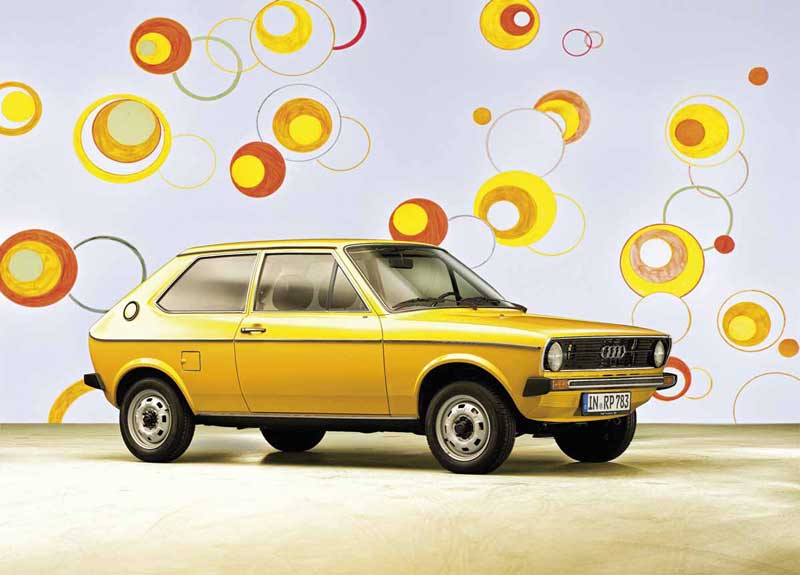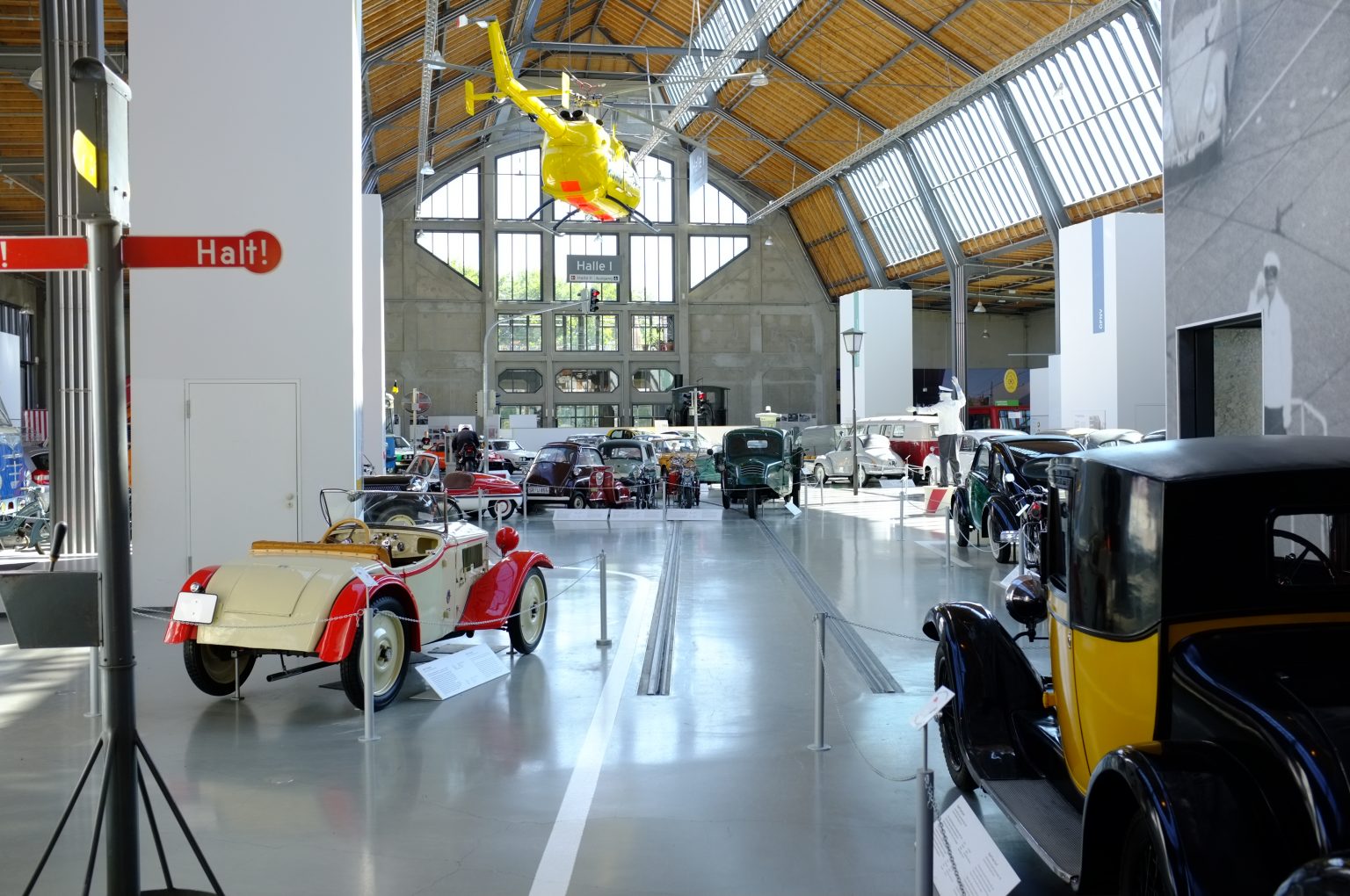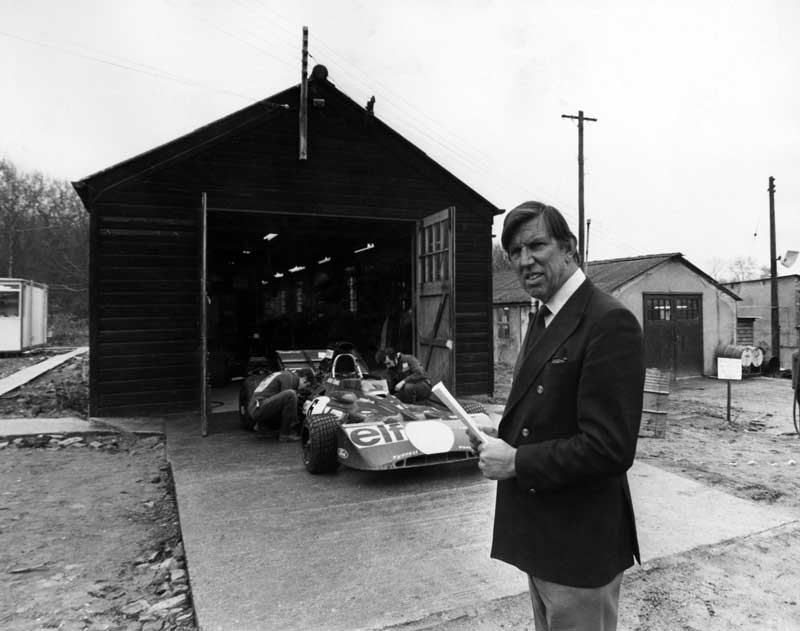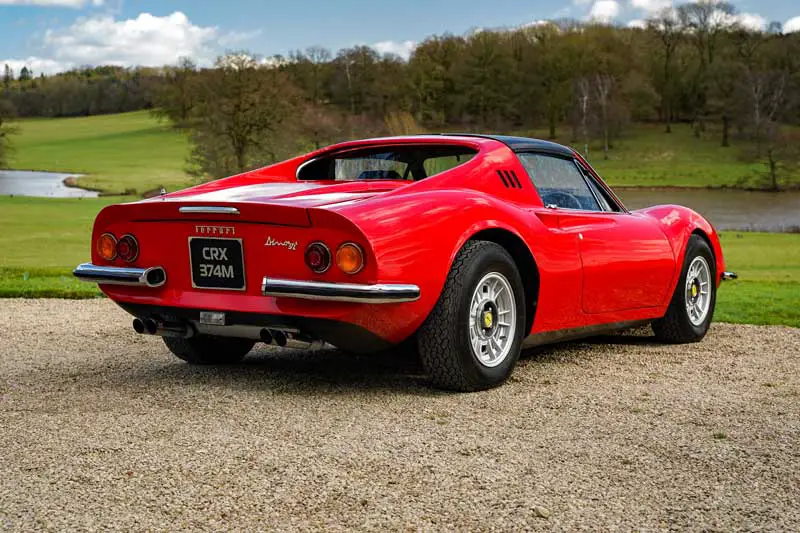
Munich Transport Museum - Deutsches Museum Munich
The Munich Transport Museum is part of the Deutsches group of museums. With a wide ranging collection of sciences and technologies it’s nice to see transport has its own building. It’s no surprise really when you consider the scale of transport amanufacturing in Germany. Germany dosn’t just make cars, trains, buses, aircraft engines, aircraft, I could go on. The Deutsches Museum has enough in their collection to represent them all.
The museum is made up of three halls, the first being urban transport, the second representing travel and the third mobility and technology.
The builing is huge, but also very bright and airy. With the sunlight streaming through on the day I was lucky enough to go as you can see in some of the pictures.
Walking through the front you enter behind the desk to a wide open building with a rather diverse collection of vehicles. You can’t help but notice the trains and trams there they are large. There are good examples of urban transportation with the local train services getting good representation. I always find these interesting and the Munich train and tram network is really impressive. Nestled between the larger objects were some very small cars and motorcycles.
Hall 1 - Urban Transport
I worked my way through the halls and spent quite a while in hall one. There collection of micro cars is brilliant, Isetta, Heinkel and a goliath three wheeled truck.You may notice a Messerschmitt in the background too.
Taxi!
You would expect to come across a Volkswagen Beetle pretty quickly, being Germany. But, this one is from Mexico, built in Puebla and used as a Taxi in Mexico City. Built as recently as 1990 you may have expected this to be one of the last, but they continued until 2003. This one doesn’t look like it had too hard a life, but you may notice the lack of front passenger seat, it was to aid access. I have ridden in a Beetle taxi once, in Peru. It certainly wasn’t as nice as this one.
The contemporary German city taxi is the Merceded W123 240D Wagon. The W123 is legendary for its ruggedness and logevity. So, it shouldn’t surprise you to learn this example had covered over 1.5 million km.
Of course I found a Citroën Traction there. As an influential piece of automotive design every good museum should have one. With it were a collection of Zündapp and Imme motorcycles. Zündapp were quite a large manufacturer beginning in 1917 in Nuremburg. Producing some fantastic looking machines up to 1984 when the company went bankrupt. Bought by Xunda Motor Co of China, they made small motorcycles under the Zündapp name from 1987 – 1990. They are still in business making small Honda based motorcycles.
The train is the prototype of the Deutsche Bahn S bahn metro from Berlin. This is the very sililar to the urban train system connecting parts of Munich together. I’ve used it and like it. It’s not a Metro like the underground systems we know and love in London and Paris. Much more train like.
You would also have expected to see a Trabant. Famous all over the world since the fall of the Berlin wall. Three million of these were made and since have become somewhat collectible. This superb example is in my favourite colour of communist beige. Just like the one I have, just in much better condition. Complete with a 598cc two stroke engine, they were famous for producing smoke. But this is only because owners thought that putting twice as much oil in them made them last longer…
Executive German Saloons
BMWs rather imposing 502 from 1963 has all the elements of the large executive saloon that BMW are world famous for producing. It got the nickname the Baroque Angel, and was the first German car to be produced with an 8 cylinder engine. BMW made these from 1954 to 1964.
Now I’ve not seen one outside of Germany, BMW hadn’t yet started to become the desirable worldwide brand that it is today. The engine was a 2562cc V8 and produced around 105bhp. I would love to see what it’s like, even a passenger ride would be an experience.
Something much older is the Wanderer Limousine W 26 L from 1939. The elegant 6 cylinder mid sized saloon car carries the four ring badge of the Auto Union. Wanderer were a car and motorcycle manufacturer that has long since disappeared.
Originating in the former East Germany in 1911 the company finished in 1945 with the destruction of the factory in Siegmar (now Chemnitz). Wanderer never produced cars again, the focus moving to DKW. This then became Audi who are the only survivor of the Auto Union. Many factory moves and a complete relocation to the new West germany meant that it wasn’t possible to keep them all going.The old Audi factory in Zwickau, East Germany, ended up being the Trabant factory.
Hall 2 - Travel
The travel hall contains all manner of transportstion from around the world. The galleries above provide some great views below, especially of the locomotives. There is automotive memoribilia, small diaramas and scenes, but also this: The Adler Diplomat D3 is a large saloon from 1938 complete with luggage rack on the roof. The reason for the roof rack became more obvious as you go round the back. The rather large boiler is actually a wood gas generator. The radiator at the front with the pipework giving some sort of additional clues.
During World War Two, the private use of motorcars was restricted with the limited availability of fuel. Burning wood at a low temperature produces charcoal that in turn produced combustible carbon monoxide and hydrogen. The enabled people to travel around without the need for the expensive fuels. But, this wasn’t an efficient way to produce power. The additional weight of the wood required provided its own problems. However, it did work, just lacked the refinement of the conventional fuel and needed refilling often. Somewhere between 2.5 – 3.5kg of wood would enable a car like this to travel 50 to 100km. Wood needing to be refilled at wood filling stations.
Something about this appeals to me as it’s a way of creating an alternative to the conventional fuel. I’m not sure a modern car would take well to this, but an engine without it’s complex fuel system might be adaptable. I doubt it would look quite as good as this, there’s something about the style of the car that I really like.
The Tatra T87 comes from neghbouring Czecheslovakia. A rare car but hugely advanced for the time. The Tatra celebration at Retromobile in 2020 has some great examples of the marque. Click here to see it.
The Mercedes 300D was a presidential limousine, for Chancelleor Konrad Adenauer. This was Mercedes first prestige model after the war but had a Diesel engine. This may seem quite normal now, Mercedes are renowned for doing this very well. An advanced fuel injection system and automatic transmission kept the car moving smoothly. Mercedes made 3000 examples of the 300D from 1957 to 1961.
Hall 3 - Mobility & Technology
Moving to the final hall the first thing I saw was a collection of racing cars. There was a Formula 2 BMW under a glass floor and a Forula 1 Renault from the Turbo era. The collection going across the iers contsined some really rare and interesting vehicles. The little Messerschmitt KR200 looked an unlikely competition vehicle. It turned out that it was a speed record car, having averaged over 64mph in a 254 hour period. Impressive for a standard Messerschmitt, except for the solo seat.
What was really special was the Auto Union Type C. Most of these disappeared during WWII, when the factories were dismantled. This example survived as a chassis as it was already in the collection at the museum in 1938. Powering the Type C was a 6005cc V16 engine complete with supercharger producing 520bhp. With a low weight ‘including tyres’ of 824kg, the power to weight ratio made them very rapid. Just they lacked grip with the bicycle like tyres, like everything back then. Rather exciting to watch and I imagine drive.
In 1922 the Mercedes 1.5L was the first car to use a supercharger, or kompressor. It’s success in the 1924 Targa Florio in Italy saw the widepsread use of them and their development. This small addition to the engine was able to boost power from 40 to 65bhp when engaged. That’s quite impressive for the time.
Unique Stainless 911
The stainless steel Porsche 911 is something quite unusual. Built in 1967 to test non corroding steels in car production,Porsche tested it for 7 years. Driving the car over 150,000km it passed all tests. The body being made of part hand formed cold rolled steel sections, then welded together. The body simply being ground and brushed. this didn’t lead to bodywork being made in stainless, until Delorean came along. But many trim pieces such as wheel covers, window trim surrounds and bumpers. Of course this replacing the more traditionally chromed mild steel.
Mercedes-Benz built nine 300 SLRs, only eight survive. Mercedes own six, the final one is in the National Automobile Museum at Mulhouse. The ninth was destroyed at the 1955 Le Mans in a horrific crash. If you want to see one, here is a really good chance to get very close.
There are plenty more photos to see in the Facebook gallery, click the link here, but nothing beats going to see it. So when the Deutsches Museum re-opens plan your trip. I know I will be going back.
Many thanks to the Deutsches Munich Transport Museum.
Simon


